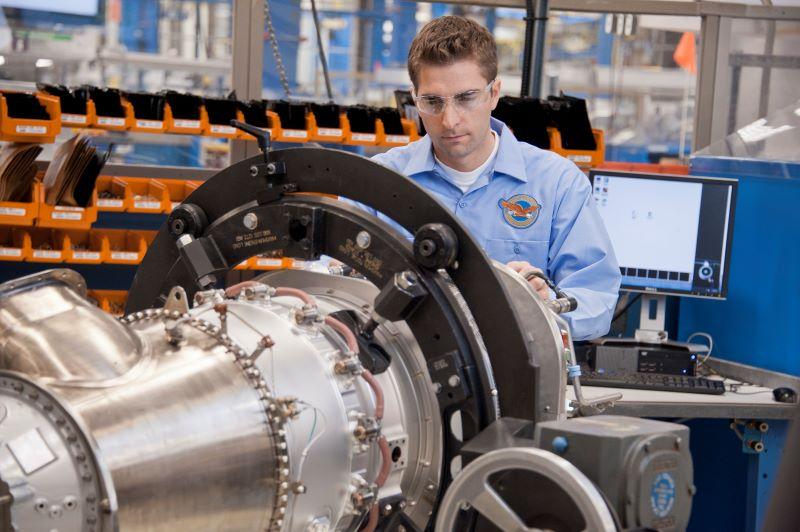
Credit: Pratt & Whitney
DALLAS—The aftermarket is on a roll. While most forecasts had maintenance and related activity, notably spare parts sales, trailing general flight activity by about six months, some new data points suggest the aftermarket’s recovery may be out-pacing global flight activity’s rise. Within mega...
Subscription Required
Daily Memo: Demand—Too Much Of A Good Thing For Supply Chain? is published in Aviation Daily, an Aviation Week Intelligence Network (AWIN) Market Briefing and is included with your AWIN membership.
Already a member of AWIN or subscribe to Aviation Daily through your company? Login with your existing email and password
Not a member? Learn how to access the market intelligence and data you need to stay abreast of what's happening in the air transport community.





